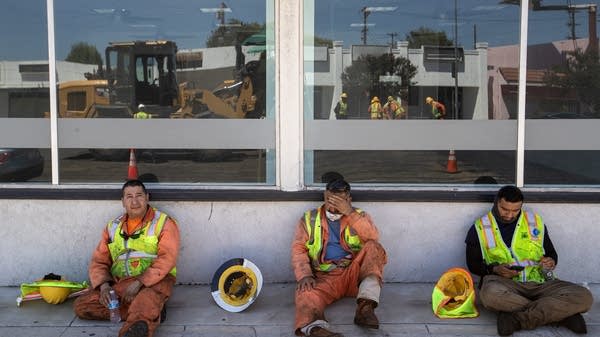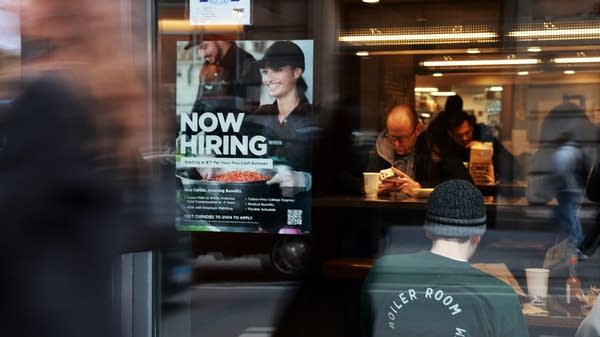Data shows fewer people are quitting their jobs — and fewer firms are hiring. Why is that?
Economic uncertainty has both employers and employees waiting on the sidelines.

This week, the Labor Department released new data offering a snapshot of job churn in the U.S. economy. The number of new hires in May was essentially unchanged from the previous month, and so was the number of people quitting their jobs.
Both figures remain low — below where they stood in 2019, before the pandemic began.
Job churn, or how frequently people change jobs, can provide insight into how easy it is to find work. Typically, a high quits rate suggests workers feel confident enough to leave their jobs because they believe other opportunities are available.
“Conversely, when it’s low, it indicates workers are more apt to stay put because they don’t see that many opportunities out there,” said Nancy Vanden Houten, lead economist at Oxford Economics.
The quits rate and hiring rate have been trending downward for more than three years. While that decline is concerning, Vanden Houten said it’s not yet cause for alarm.
“You know, the low hiring rate has not alarmed us as much as it would otherwise, because layoffs remain low,” she said.
Layoffs have stayed low in part because employers are still wary of letting workers go, said Bill Adams, chief economist at Comerica Bank.
“That’s likely because of all the difficulty that they experienced in the pandemic, and post-pandemic period, in getting back to being fully staffed,” Adams said.
Ongoing uncertainty around tariff policy is also contributing to hesitation on both sides of the labor market, he added. Businesses are reluctant to hire, and workers are cautious about making job changes.
“That’s likely a contributor to the low level of hires from employers’ perspective, and the low level of job quitting from workers’ perspective,” Adams said.
In short, both workers and employers appear to be in a holding pattern — waiting to see how the broader economy unfolds before making any big moves.













